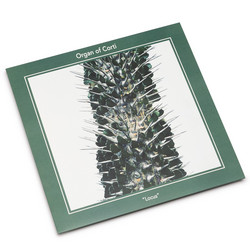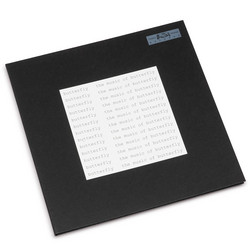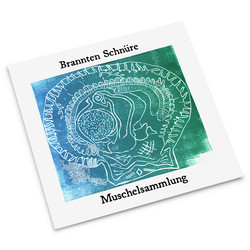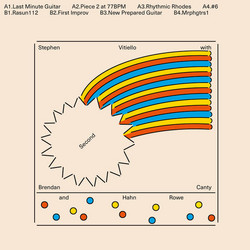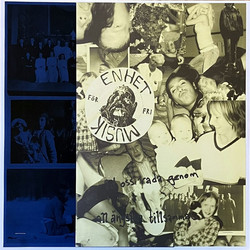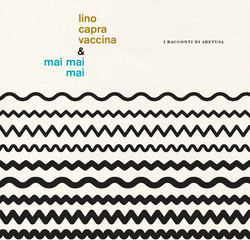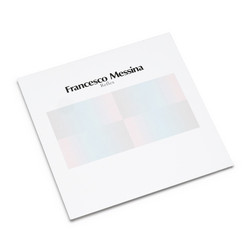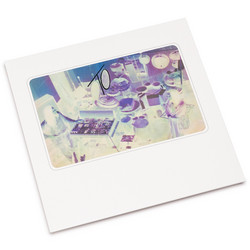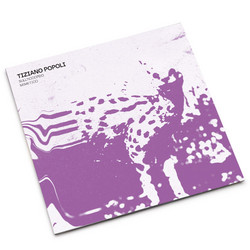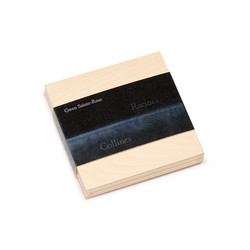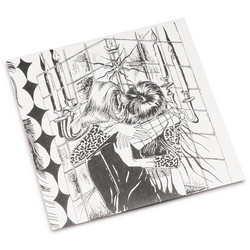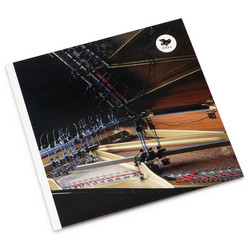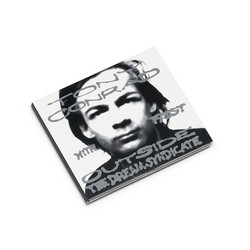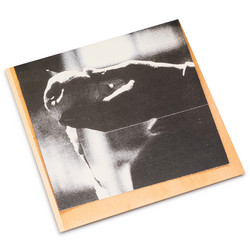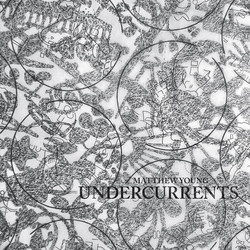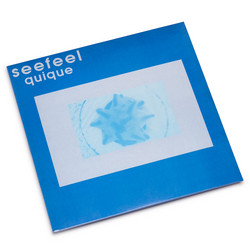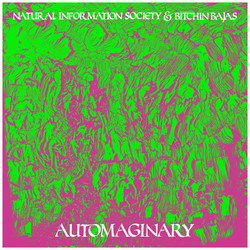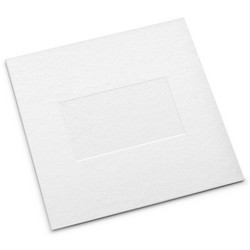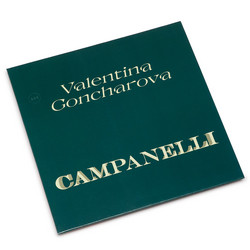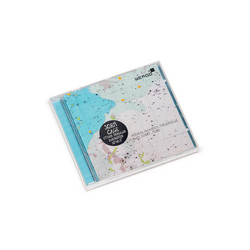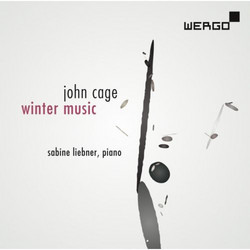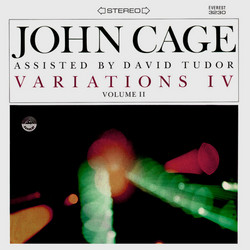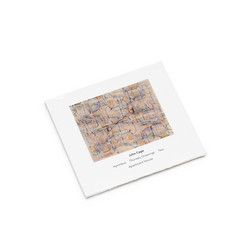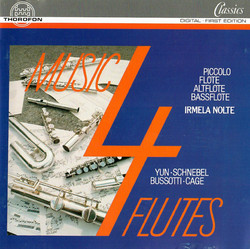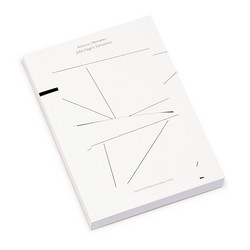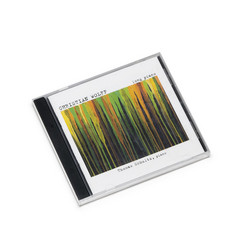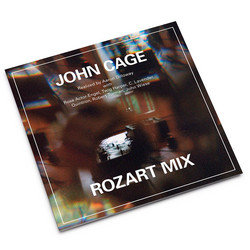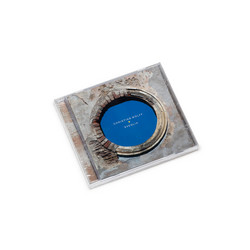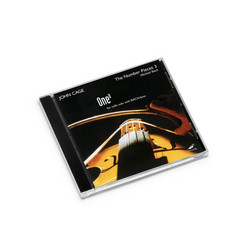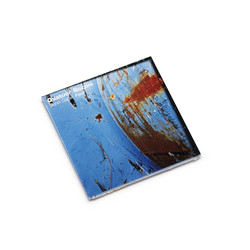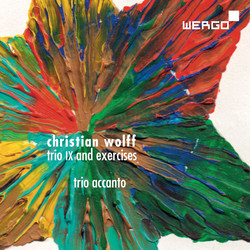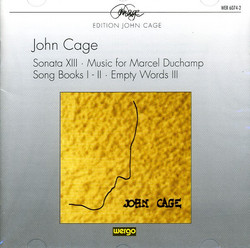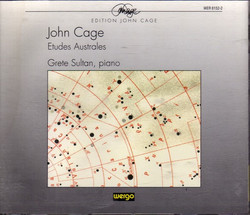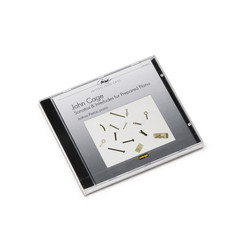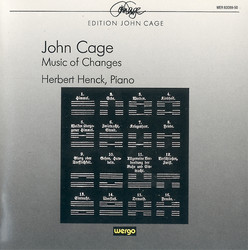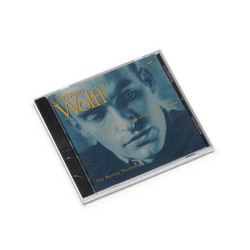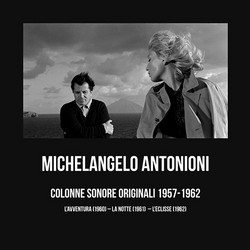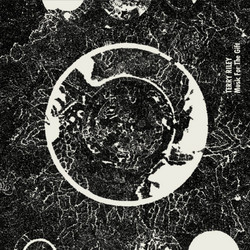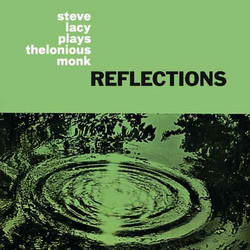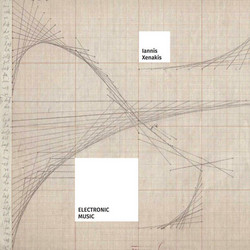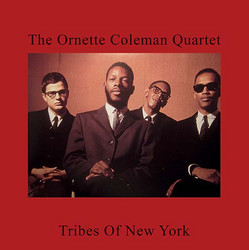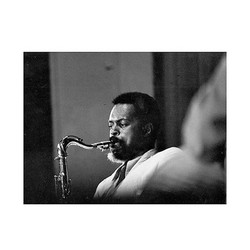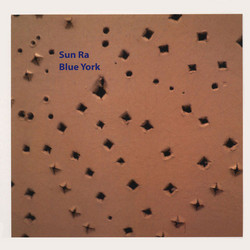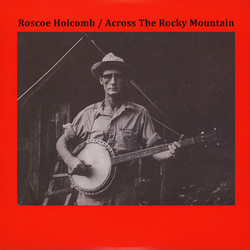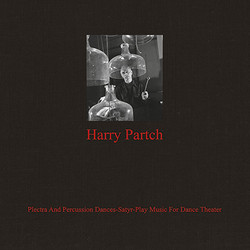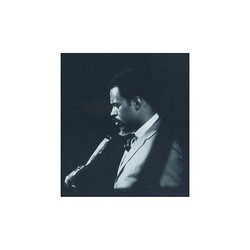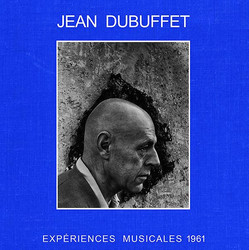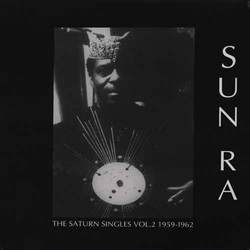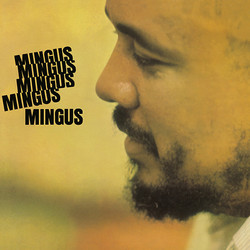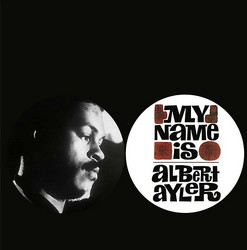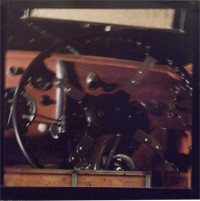John Cage, Christian Wolff
John Cage / Christian Wolff
Jeanne Dielman present a reissue John Cage and Christian Wolff's self-titled album, originally released in 1963 on legendary Times Records. This album was an early showcase of both 20th century composers's experimental chops, and is highly regarded as some of their finest work. Cage's piece, which spans the whole of the first side, was originally composed in 1960, and like many of his pieces, would never be performed the same way twice. "My hope is that it forms a possible landscape on one extended canvas. At first I just started writing and kept going. My tendency is to work in smaller patches. After the piece was finished I saw Jennifer Bartlett's wonderfully engaging and cheerful work Rhapsody, first shown in 1976. It's a 154-foot sequence of an arrangement of 988 one-foot-square silk-screened and painted enamel plates running around at least three walls of a gallery space. An extreme instance of what I've got in mind.
I had decided not to use the commonest procedure for long keyboard pieces, variations (e.g., Frescobaldi, Bach, Beethoven, Rzewski), but sometimes there are series of patches that use tunes (for instance, the very old standby "L'homme armé" and the round "Dona nobis pacem") for material. The piece has 94 numbered patches, a few of which are blank (silence) (in Bartlett's piece there are the occasional blank squares). The 57th to 67th patches refer to eleven larger sections of a square-root rhythmic structure, each of which has eleven subdivisions whose time proportions are the same as those of the larger sections. The piece also incorporates partial versions (more or less "parodies" in the old music sense) of Schumann (the Toccata and one of the Kinderszenen) and Ives's Three-Page Sonata." -Christian Wolff

It involves the overlaying of transparencies to create the "score", while performers manipulate phonographic cartridges in a variety of ways to create amplified sound. To add to the effect, this particular performance is actually the superimposition of four performances. In all, it is a truly groundbreaking piece of 20th century classical. Wolff's side, while less extreme, is equally innovative, and a window into his particular pointillist vision of music.

